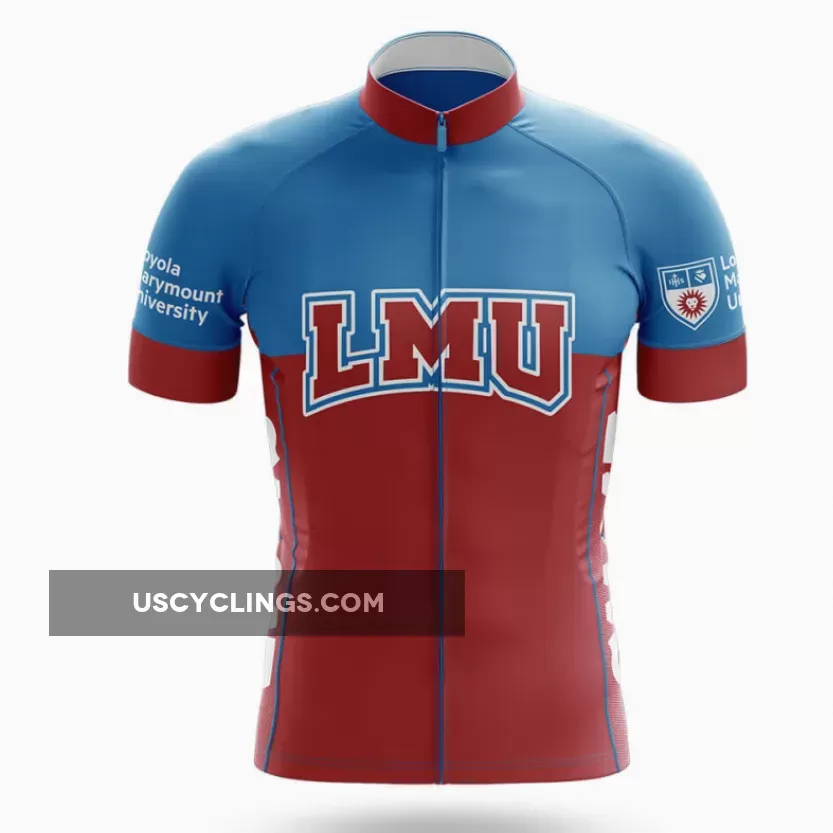Loyola Marymount University (LMU) proudly stands among the nation’s top research institutions, boasting a coveted National University / High Research Activity (R2) classification. But does this academic prowess automatically translate to elite status? The answer, while complex, reveals a nuanced picture of LMU’s remarkable trajectory.
LMU’s R2 classification signifies exceptional research capabilities. The university actively engages in groundbreaking research across various disciplines, emphasizing its commitment to tackling complex challenges and expanding human knowledge. This focus on research translates into significant funding, attracting top-notch researchers and facilitating impactful discoveries.
However, the concept of “elite” encompasses more than just research output. It often involves considerations of alumni networks, campus infrastructure, student body demographics, and overall prestige. While LMU demonstrably excels in research, other aspects might not align with traditional definitions of elite universities.
For instance, LMU’s tuition fees fall below the average of highly ranked private universities. This accessibility opens doors to talented individuals who might otherwise be priced out of top-tier education. Such inclusivity contradicts the elitist perception often associated with elite institutions.
Furthermore, LMU’s alumni network, while undoubtedly influential, may not carry the same weight as those of more established elite schools. The university’s young age (founded in 1947) plays a role in this, as its alumni have not had as much time to accumulate significant influence.
Therefore, while LMU’s research prowess positions it among the most accomplished universities in the nation, labeling it as “elite” requires a broader perspective. The university’s accessibility, inclusive admissions practices, and burgeoning alumni network paint a different picture, suggesting a trajectory towards greater influence rather than immediate elite status.
